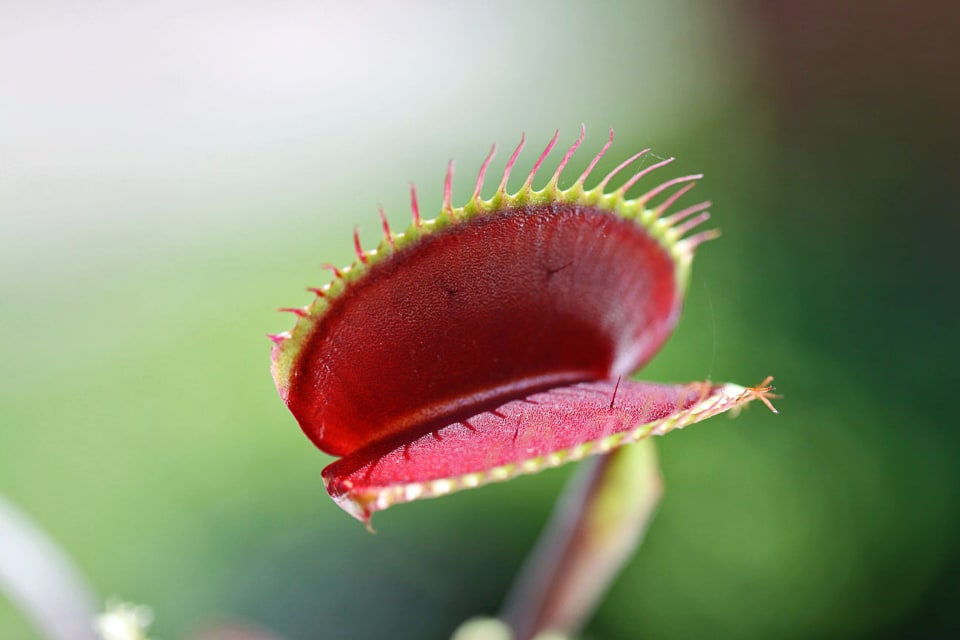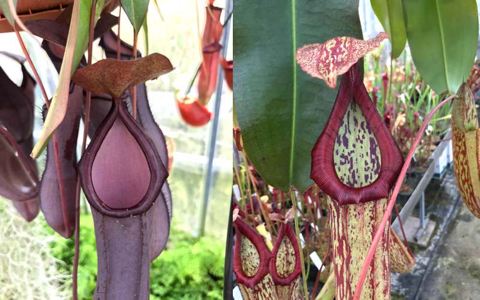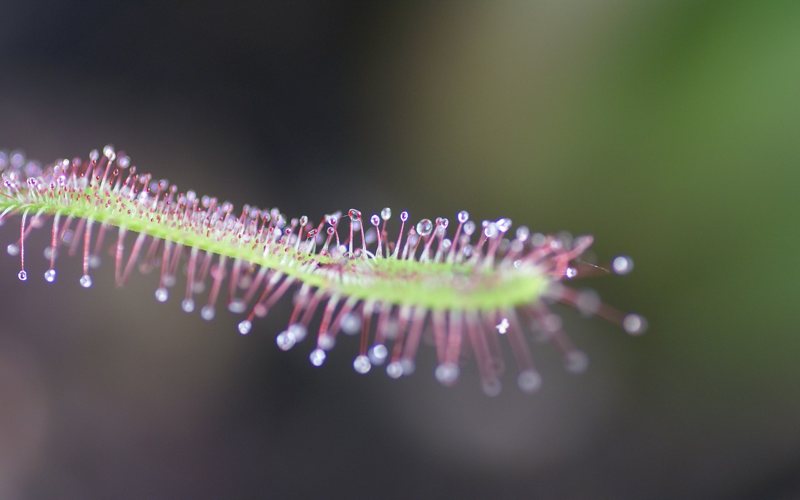
FAQ: How did carnivorous plants evolve?
Published 2 April 2017, updated
If you’ve ever watched a Venus flytrap snap shut on a struggling insect, or seen the elaborate trickery used by pitcher plants to lure their prey, you may have wondered: how did carnivorous plants evolve? Such complex traps may appear at first glance to defy the process of natural selection; many people struggle to understand how they can have arisen through natural selection and random genetic mutation.
Unfortunately, there’s a near-complete lack of fossil evidence. This is because carnivorous plants are made from soft tissues which do not fossilise easily, unlike bones or bark. There are exceptions - in 2014, scientists found a 40 million year old ancestor of Roridula preserved in amber - but most dead carnivorous plants simply rot away in their typically boggy habitats.
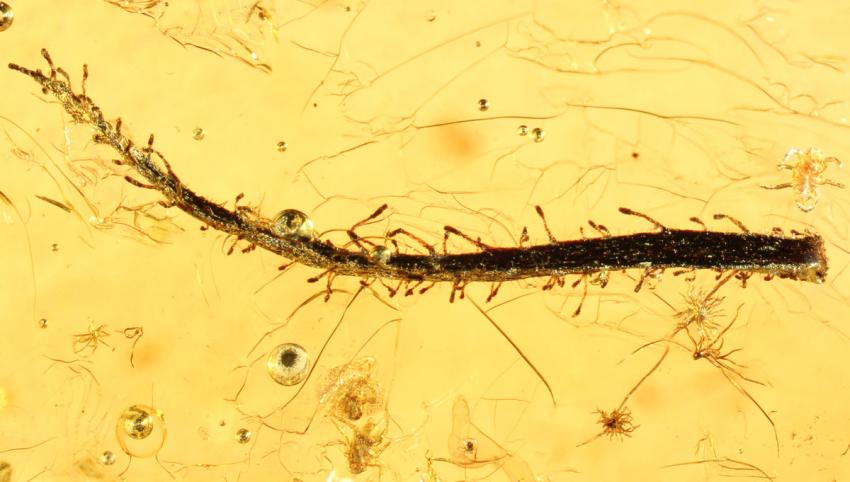
We can, however, make some educated guesses by looking at the plants’ structures, habitats, and genes.
First of all, why bother with carnivory? Most carnivorous plants receive a lot of sunlight but grow in waterlogged soils that are extremely low in nutrients. The ancestors of today’s carnivorous plants needed to get their nutrition (particularly nitrogen and phosphorus) from another source, and the high light levels meant they could afford to be less efficient at photosynthesis by turning their leaves into traps.
How did the traps themselves form? Some scientists believe that both the pitfall traps and the flypaper traps - Sarracenia, Nepenthes, and Drosera to name a few - are all modified hairy leaves. Hairy leaves can catch raindrops, and the more concave (i.e. inwardly curved) they are, the more water they retain. Any insects caught in the surface tension of this collected water will drown and rot, releasing nutrients.
Even non-carnivorous plants can absorb nutrition through their leaves (foliar feeding), so it’s not hard to see how leaves that were deeply cupped or slightly sticky would’ve had an advantage. Over millions of years, natural selection drove these traps towards greater specialisation; in the pitcher plants, the margins of the cupped leaves were ‘zipped up’, lids formed to prevent excess rainwater from flooding the traps, the mouths began to secrete nectar, and most even lost their hairs. As for the sundews, the production of mucus made the leaves stickier, while so-called ‘acid growth’ enabled the tentacles to quickly ensnare struggling insects.
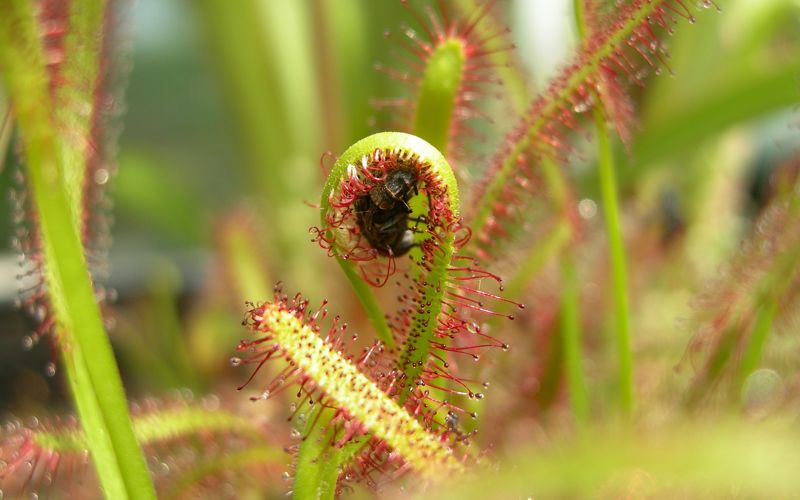
Recent genetic research has shown that the Venus flytrap evolved from sundew-like ancestors. The plant’s snapping mechanism is thought to start with the same kind of acid growth used by sundews. The trap is held in a position of tension, like a stretched rubber band, until - when trigger hairs are touched - acid growth causes certain tissues in the leaf to loosen. This causes the trap to essentially ‘buckle’ into the closed position.
Carnivorous plants also offer some fascinating examples of so-called convergent evolution. This is a process whereby unrelated species independently evolve similar traits. A recent study explored how this occurred in the American, Asian, and Australian pitcher plants (Sarracenia, Nepenthes, and Cephalotus). Despite originating from separate continents, the challenges posed by their habitats drove them to adopt similar solutions.
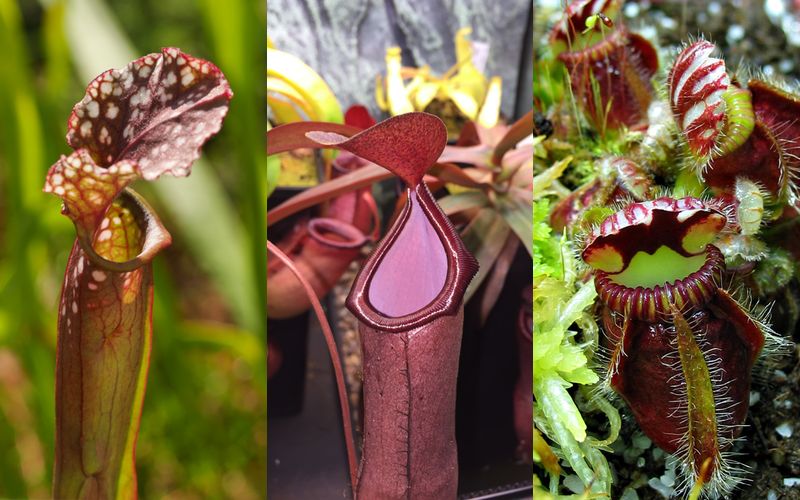
The study revealed that all 3 types of pitcher plant used the same proteins to make their digestive enzymes. Originally used for self-defence against disease, these proteins instead developed into enzymes like chitinase, which breaks down insects’ hard exterior exoskeletons. The results imply that the evolutionary routes to carnivory in plants may be few and far between.
So… while the complex traps of Earth’s carnivorous plants can appear miraculous, by studying their genes and physical structures we can learn a lot about their origins. Each small step from passive leaf to active trap offered a slight advantage in their unusual habitats, and - over many millions of years - the plants we recognise today were formed.
External Links
- Understanding Evolution - University of California Museum of Paleontology
I've been growing carnivorous plants for over 2 decades, having been fascinated by these plants since I got my first Venus flytrap at age 10. I now have a large greenhouse to house my collection and am an avid breeder of Nepenthes pitcher plants.
- Next post: Growing Requirements of Nepenthes Hybrids
- Previous post: Hello World!


